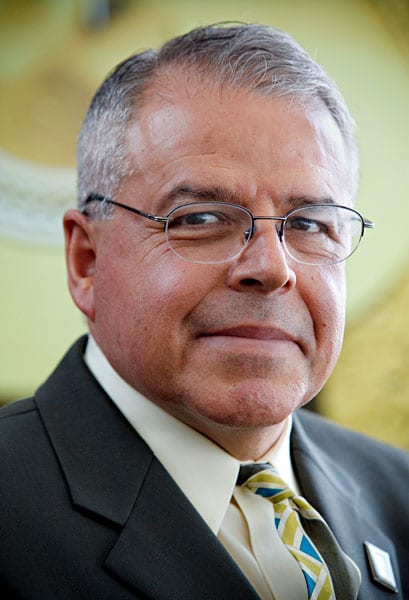
December 6, 2018; NBC News and Washington Post
Earlier this fall, NPQ covered a report from the Latino Policy & Politics Initiative and the Chicano Studies Research Center at the University of California, Los Angeles (UCLA), titled Invisible No More: An Evaluation of the Smithsonian Institution and Latino Representation. They noted that despite significant gains in Latinx representation across the museum system over the past two decades, the Smithsonian museums still lack a space dedicated to telling the story of Latinx historical and cultural development.
The development of such a museum remains far off, but a big step forward was taken last week when the Smithsonian announced that a permanent gallery dedicated to the Latinx experience will open in 2021. The planned 4,500-square-foot gallery will be located within the Smithsonian National Museum of American History.
Writing in the Washington Post, Peggy McGlone notes, “The permanent gallery has been a long-term goal of the Smithsonian Latino Center, which was founded in 1997 to work with the institution’s other museums and research centers to recognize Latino contributions. With nine staff members, the center supports professional development and education programs for Latino youths, scholars and museum professionals; funds exhibitions and education programs; and creates web-based content.”
The gallery will be named the Molina Family Gallery to honor the Molina family of California, who donated $10 million toward the expansion. Gwen Aviles of NBC News reports that “The space will be dedicated to celebrating the experiences and history of US [Latinx] and feature…bilingual stories for all audiences.”
“We’re thrilled to finally be realizing the dream of having a Latino gallery at the Smithsonian,” says Eduardo Díaz, director of the Smithsonian Latino Center.
Sign up for our free newsletters
Subscribe to NPQ's newsletters to have our top stories delivered directly to your inbox.
By signing up, you agree to our privacy policy and terms of use, and to receive messages from NPQ and our partners.
The Molina Family Gallery, Aviles says, “will also have a distance-learning component where people will be able to learn about [Latinx] history from anywhere around the world.” A supporting app is in development.
The planned inaugural exhibition, with the working title of “Making Home: Latino Stories of Community and Belonging,” will examine how Latinx culture has shaped the United States. According to Aviles, the gallery “will include rotating exhibitions featuring multimedia activities, first-person narratives, objects and other interactive content.”
McGlone writes, “Advocates supporting a standalone Latino museum welcomed the announcement, saying it represents significant progress in their effort.” Among these advocates is Estuardo Rodriguez, executive director of the nonprofit advocacy group Friends of the American Latino Museum. “It’s wonderful,” Rodriguez says. “This is exactly the road the African American Museum took. They also had a gallery in the American History Museum.”
Congressional advocates of a museum also lauded the development. Senator Robert Menendez (D-NJ), who introduced legislation last year to create a museum, said in an email to the Washington Post, “I am convinced now, more than ever, that the Smithsonian Institution has the capacity to fill an entire state-of-the-art museum dedicated to the American Latino in the near future. This is a great first step.” Representative Joaquin Castro (D-TX) adds that the money raised for the gallery proves that “there is an appetite to showcase the uniqueness of the American Latino experience and strong funding opportunities to make it a reality.”
At a ceremonial signing of the donor agreement, Díaz indicated that the gallery would help the Center connect more directly with visitors. Smithsonian Secretary David J. Skorton said the gallery would help the Smithsonian “do a better job of telling the complete story of America.”
In his remarks, Díaz acknowledged the work ahead. “Establishing a dedicated space is no small task, and it isn’t inexpensive,” Díaz acknowledged. He added that the Center will make good use of the space: “We will recover the past, engage the present, and imagine the future.”—Steve Dubb












